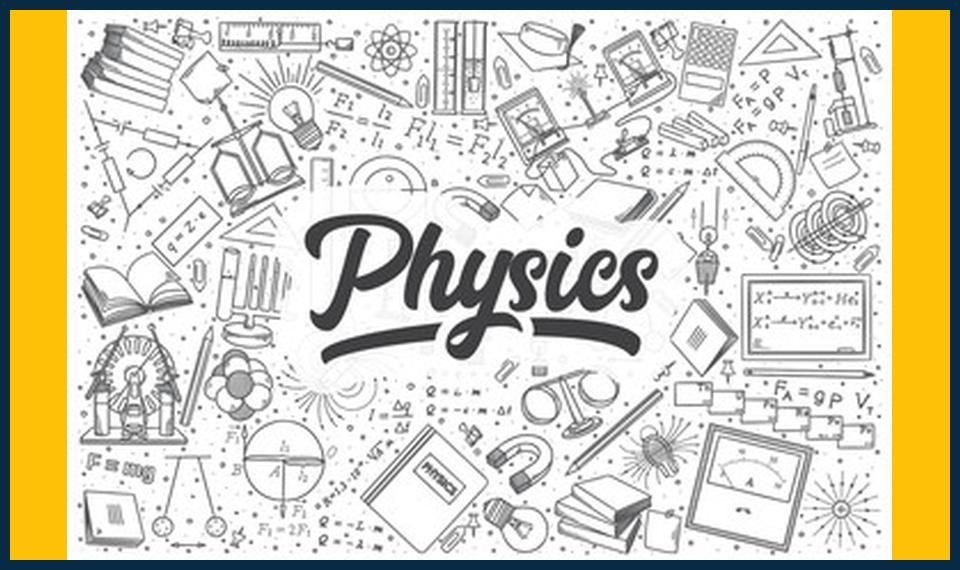![]()
Mastering Long-Form Questions in A-Level Physics 🎓
Welcome to our guide on answering long-form questions in A-Level Physics! Whether you’re a student, a parent, a tutor, or a teacher, this post is designed to offer valuable insights, practical tips, and actionable advice to help you conquer those lengthy, challenging questions that often leave us scratching our heads. Let’s dive in!
Why Long-Form Questions Matter 🤔
Long-form questions in A-Level Physics aren’t just a test of your knowledge; they’re a chance to demonstrate your understanding, critical thinking, and problem-solving skills. These questions often require a deep, comprehensive approach, and tackling them effectively can significantly boost your academic success 📈.
Breaking it Down 🔨
1. Understand the Question
Before you dive into solving the question, ensure you fully understand what’s being asked. Break it down into smaller parts if needed, and identify the key concepts and requirements.
2. Plan Your Approach
Outline a strategy for answering the question. This might include identifying the physics laws or concepts to apply, deciding the order in which to address each part of the question, and estimating the time needed for each step.
3. Solve the Problem
Apply the appropriate physics laws and principles to solve the problem. Remember to show your working clearly, as this is essential for earning marks.
4. Evaluate Your Answer
Check your answer for accuracy and ensure it makes sense within the context of the question. Don’t forget to include the appropriate units in your final answer.
Real-life Example 🌟
- A 2.0 kg block is pushed along a frictionless surface by a constant force of 10 N. Calculate the distance it travels in 5 seconds.
1. Understand the Question: We’re asked to find the distance traveled in 5 seconds given a constant force and mass.
2. Plan Your Approach: We’ll apply Newton’s second law (F=ma) to find the acceleration, then use the equation for distance (d = vt) to find the final distance.
3. Solve the Problem: F = ma => a = F/m => a = 10 N / 2.0 kg => a = 5 m/s^2. Then, v = sqrt(2ad) => d = v^2 / (2a) => d = (v^2) / (2*5 m/s^2) => d = 4 m.
4. Evaluate Your Answer: Double-check our calculations. The answer is 4 meters, which makes sense given the initial conditions.
Revision Tips 📚
- Practice, practice, practice! The more you practice solving long-form questions, the more comfortable you’ll become with this format.
- Break down complex questions into smaller, manageable parts.
- Use a consistent, organized layout for your answers.
- Review your answers to ensure you’ve addressed all parts of the question and that your working is clear and easy to follow.
FAQs ❓
- 🔍 What’s the best way to tackle long-form questions in A-Level Physics?
- Start by understanding the question, plan your approach, solve the problem, and evaluate your answer.
- 🧐 How can I make sure my working is clear and easy to follow?
- Use a consistent, organized layout for your answers and ensure you show your calculations clearly.
- 💡 Is it important to practice long-form questions?
- Absolutely! The more you practice, the more comfortable you’ll become with this format.
- 🎯 What’s the advantage of answering long-form questions in A-Level Physics?
- Long-form questions give you a chance to demonstrate your understanding, critical thinking, and problem-solving skills, which can significantly boost your academic success.
- 🔍 How can I improve my ability to break down complex questions?
- Break the question down into smaller, manageable parts and practice this approach consistently.
- 🧐 What’s the importance of evaluating my answer?
- Evaluating your answer ensures it makes sense within the context of the question and helps you catch any potential mistakes.
- 💡 How can I improve my problem-solving skills in A-Level Physics?
- Practice solving a variety of problems, work through problems systematically, and seek help when needed.
- 🔍 What resources can help me prepare for long-form questions in A-Level Physics?
- Seek out past papers, textbooks, and online resources for practice questions, and consider working with a tutor for personalised guidance and support.




